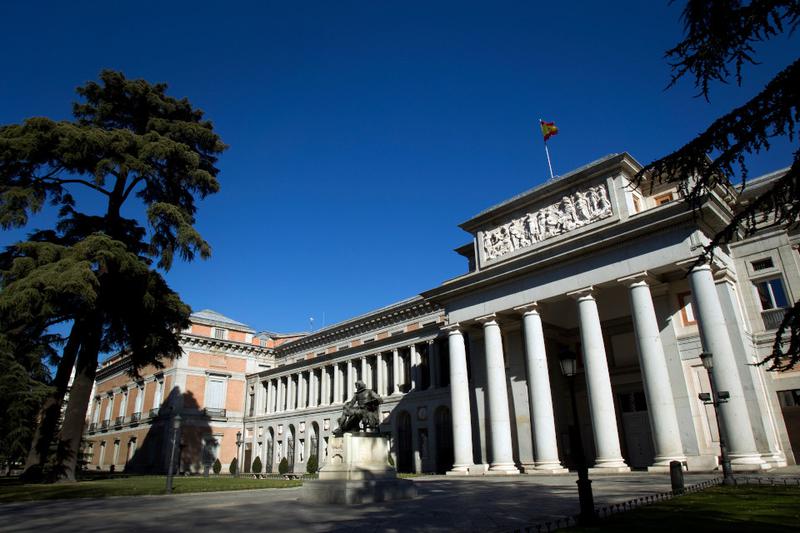Half of El Prado’s early gothic altarpieces were made in Catalonia
Madrid museum’s inventory includes many Catalan works from 14th-19th centuries

There are thousands of artworks created by Catalan authors in Madrid museums, with more than 500 pieces in El Prado alone, and many more in galleries like the Reina Sofia. Many of the works exhibited in these museums have some relation to the city of Madrid or the Spanish monarchy, but many others bear none whatsoever.
It is common to see 13th and 14th-century altarpieces originally made in remote locations in the Pyrenees mountains, or others that have come from workshops of great Catalan Gothic masters. This is the case of the last leader of the movement, Jaume Huguet, who has one of his altarpieces at the Thyssen-Bornemisza museum in the Spanish capital, or that of Lluís Borrassà, master of the largest Gothic workshop in Girona.
Of great prominence during the first International Gothic period, Borrassà created three of El Prado’s altarpieces which, added to other Catalan works, make up most of the museum’s collection from that period.
Many contemporary names must also be added to those who, like Huguet or Borrassà, have much of their artistic production displayed in Barcelona’s MNAC, 500 kilometers away from Madrid.
How did they end up there?
Most of these paintings and artifacts arrived at Madrid's museums from private collections, but many were acquired through direct purchase. Some were bought during times of deep economic and social crisis, when art was commodified to attract investment.
Buying and selling artistic heritage had become frequent since the late 19th century, and it wasn’t unusual to see the rise of antique collectors like Pau Bosch and Josep Bardolet, significant sponsors of El Prado and the MNAC respectively.
This kind of activity explains how these works ended up in private collections in the first place. A clear example is that of ‘Saint Dominic Guzmán and Four Saints,’ a Catalan altarpiece from 1405 that was purchased by a Japanese art collector during World War 2. It would not return to a gallery in the Iberian peninsula until 1965 when it was retrieved by the Prado Museum.
‘Saint George Killing the Dragon’, a 15th-century masterpiece by Bernat Martorell, is another example, now fragmented between Philadelphia, Chicago, and Paris.
Madrid as a goal
Madrid occupies a privileged position among art buyers. In 2022 alone, the capital's museums benefited from 90% of the budget allocated by the Ministry of Culture for such transactions. Thus, many artistic assets originating from the Spanish periphery, especially from Valencia and Catalonia, have been absorbed.
Even artists with deep roots in Catalanism and its artistic schools have works that have ended up in the capital, such as Joan Brull, a painter involved with the Catalanist magazine Joventut, and Baldomer Gili, an artist from the radical Esquella de la Torratxa. Gili’s works were sold after his death when his widow was left with his estate.
Marià Fortuny is the Catalan artist with more works in a Madrid museum than anyone else, with 99 of his pieces at El Prado due to his marriage to a relative of one of the museum's most important patrons.